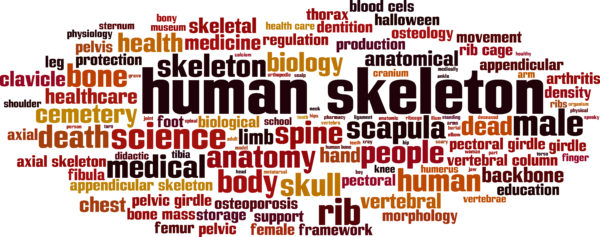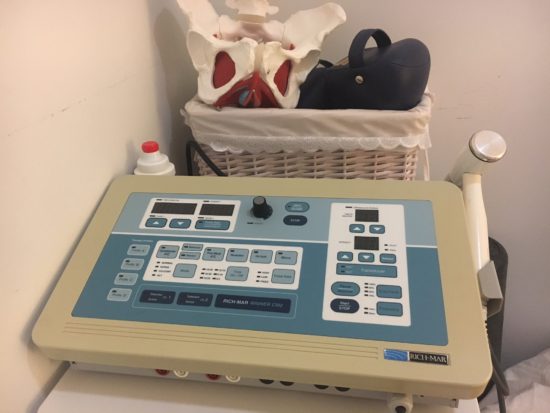Physical Therapy For Sacroiliac Dysfunction

We can thank our pelvic girdle for connecting our legs to our spine allowing us to stand, walk and run etc. upright while allowing us the freedom to move our arms and trunk. It provides us with both mobility and stability. Two strong sacroiliac joints connect our pelvic girdle to the sacrum, the triangular bone at the end of our spine. The primary functions of the sacroiliac joints are to translate the forces and absorb shock between the movement of our upper and lower body. Although typically the sacroiliac joints have very little motion due to their shape and strong ligamentous support, it is not surprising because of their function these joints can become a source of pain. Pain from sacroiliac joint dysfunction can be very debilitating.
SIJ Pain
Sacroiliac dysfunction includes too much movement (hypermobility), too little movement (hypomobility), and/or inflammation which can lead to pain. SIJ pain can present as low back pain, pain that spreads to the hips, buttocks, and/or groin. It sometimes presents as sciatic-like pain in the buttocks and/or backs of the thighs that may include numbness and tingling. Because of this myriad of different presentation SIJ pain can be hard to differentiate from pain originating from the lumbar spine or hip.
SIJ Conditions
There are many different conditions which can put you at risk of developing sacroiliac dysfunction and pain. These include skeletal asymmetries or alignment issues such as scoliosis or leg length discrepancies, pain developed during pregnancy or postpartum, prior back surgery and/or bone grafts taken from the iliac bones to mention a few. Additionally, sport or work-related activities that place repeated stress on the joint such as heavy lifting or contact sports can lead to SIJ pain.
Getting assessed by an orthopedic doctor is a good first step in tackling SIJ pain. Most cases of SIJ pain are effectively managed using non-surgical treatments including physical therapy. Physical therapy evaluation for SIJ pain involves a postural and pelvic alignment assessment as well as special tests to look at which movements and forces provoke or reduce pain.
Physical Therapy Treatment
Physical therapy treatments for sacroiliac joint dysfunction (SI joint pain) commonly focus on alleviating pain through restoring normal motion in these joints. Many cases of SIJ dysfunction can be successfully treated using exercises and stretches that directly address hypo and hypermobility concerns. Muscular deficiencies and imbalances can create either too much tension or too much laxity due to asymmetrical generation of forces by the actions of antagonistic muscles pulling on the pelvis. Muscular problems can be addressed through manual soft tissue treatment, stretches and exercises. In some cases, your physical therapist may recommend the use of a pelvic support brace to provide more stability. Other times your therapist might recommend a heel lift if they detect a structural leg length discrepancy.
Treatment Modalities and Lifestyle Modification
Along with working to improve your pelvic alignment and core strength, physical therapists may make suggestions about avoiding or modifying certain activities and improving your biomechanics and posture. During your treatments your therapist may include modalities for reducing pain and inflammation such as ultrasound, TENS, deep heat, or ice. Often therapists recommend starting with safe low impact aerobic exercises to increase blood flow, nutrients and oxygen to damaged tissue which will facilitate healing. Our team of therapists at Body Harmony Physical Therapy, PLLC are here to help you on your road to recovery so you can get out of pain and back to doing what you love to do.
References
- Evidence-Based Diagnosis and Treatment of the Painful Sacroiliac Joint, Mark Laslet, J Man Manip Ther. 2008: 16(3):142-152
- Identification and Effectiveness of Physical Therapy Interventions for Sacroiliac Joint Dysfunction in Pregnant and Nonpregnant Adults: A Systematic Review, Sharma, Ajit; Sharma, Shruti; Steiner, Linda A.; Brudvig, Tracy J. Journal of Women’s Health Physical Therapy: Sept/Dec 2014-Volume 38-Issue p 110-117







